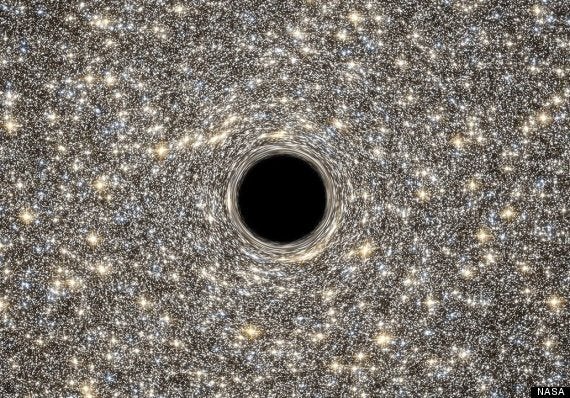NASA has discovered that the smallest galaxy ever discovered actually has a supermassive black hole at the centre.
The remarkable find is unique in the history of astronomy.
Made with data from the Hubble Space Telescope, the find confirms that one of the densest galaxies ever found -- the M60-UCD1 dwarf galaxy that contains 140 million stars within a diameter 500 times smaller than our own - also hosts an enormous black hole.
The galaxy is so full of stars, if the Earth was located within it the night sky would burn with the light of 1 million distant suns, rather than the 4,000 we can see with the naked eye.

There is a black hole at the center of our galaxy too, but in comparison it's tiny.
Our black hole has a mass of 0.01 % of the galaxy. The black hole at the center of M60-UCD1 is 15% of the total mass of the rest of the galaxy.
That's lots.
“We don’t know of any other way you could make a black hole so big in an object this small,” said University of Utah astronomer Anil Seth.
NASA said:
One explanation is that M60-UCD1 was once a large galaxy containing 10 billion stars, but then it passed very close to the center of an even larger galaxy, M60, and in that process all the stars and dark matter in the outer part of the galaxy were torn away and became part of M60.
The team believes that M60-UCD1 may eventually be pulled to fully merge with M60, which has its own monster black hole that weighs a whopping 4.5 billion solar masses, or more than 1,000 times bigger than the black hole in our galaxy. When that happens, the black holes in both galaxies also likely will merge. Both galaxies are 50 million light-years away.